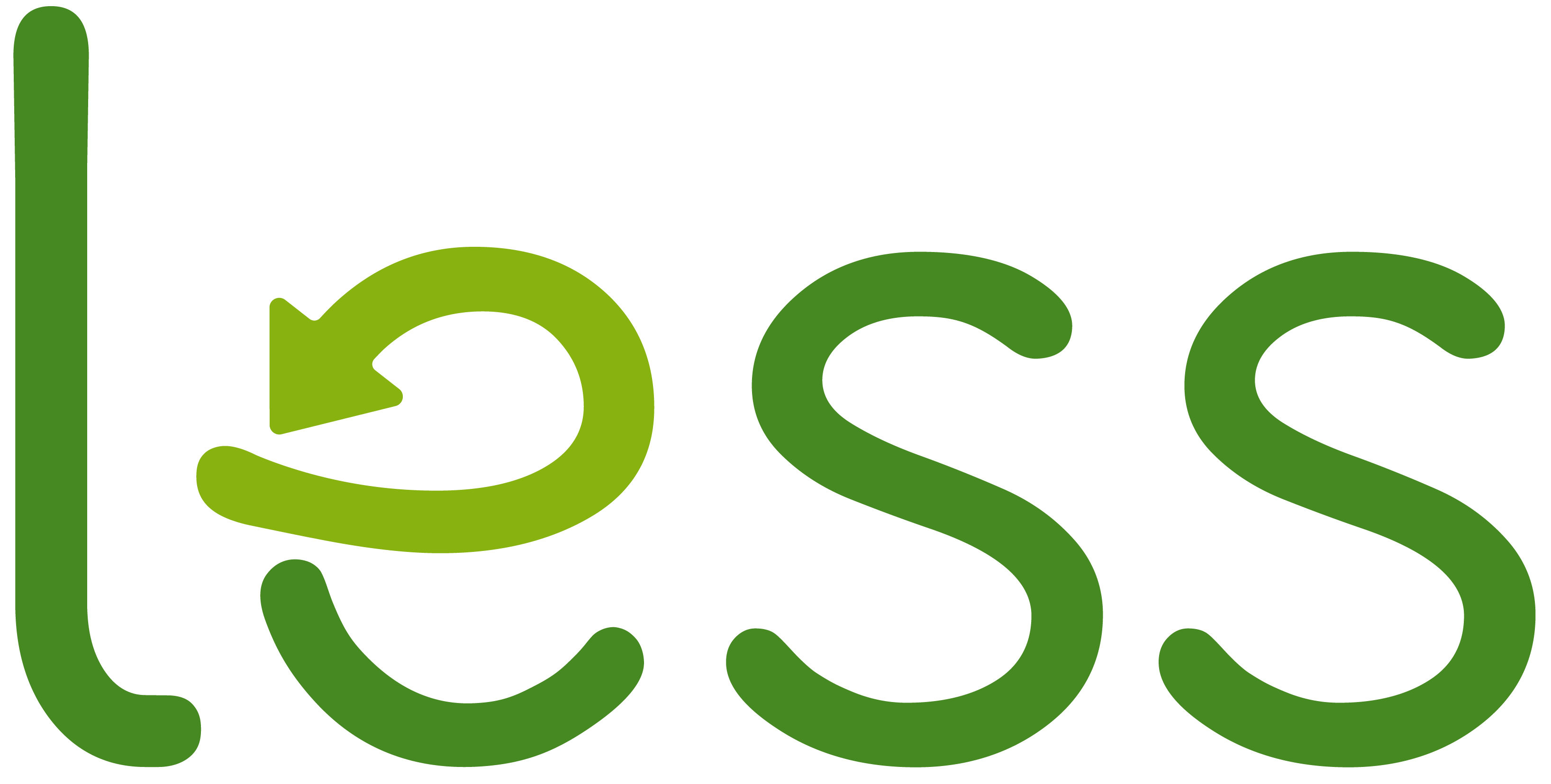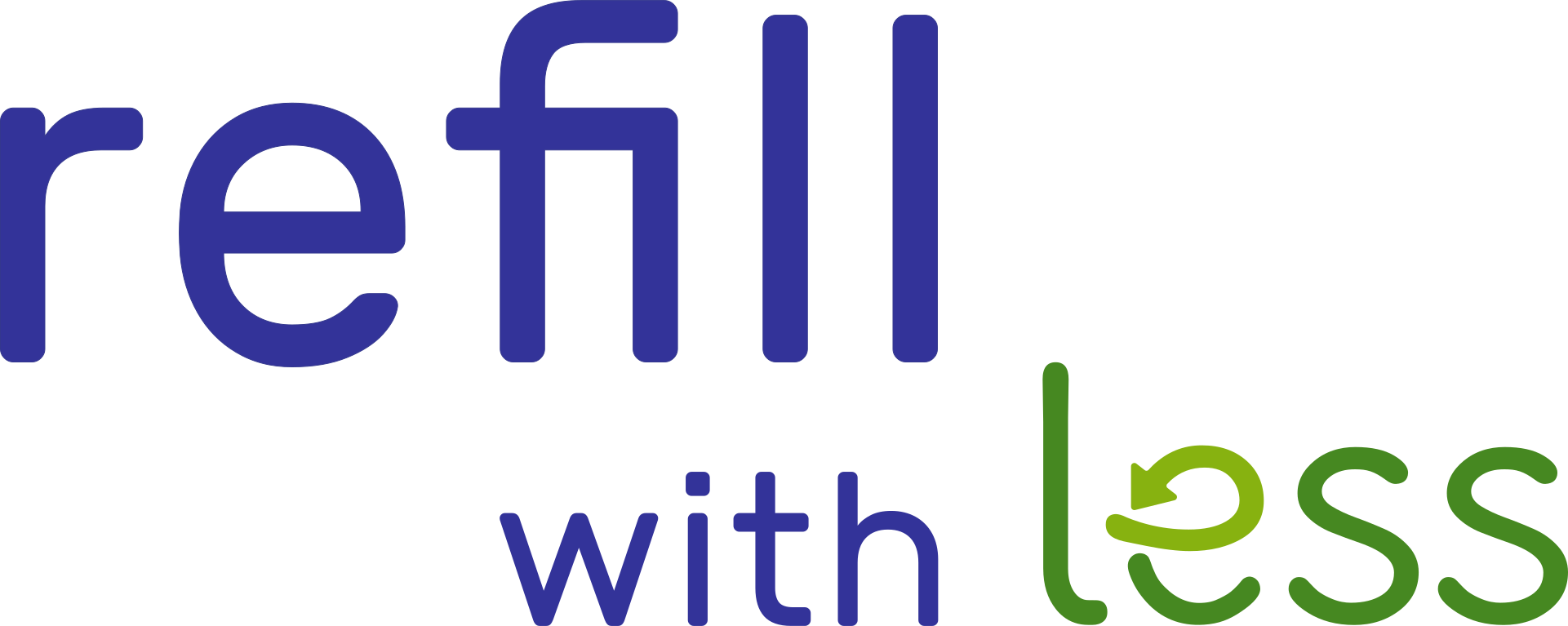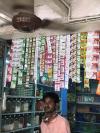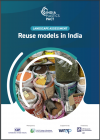The Money In Sachets
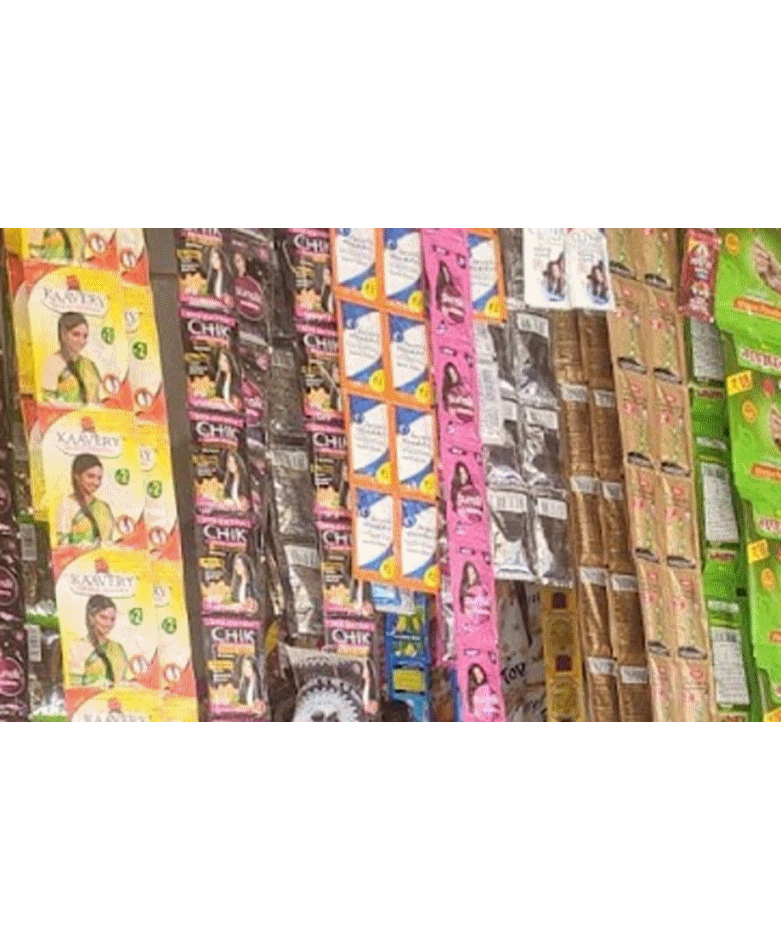
Why do companies sell products in sachets?
That's easy. There's good money in it. Only by selling such small amount of product can lower income consumers afford to buy, and sachets are the easiest way to do this.
In low-income countries, the ‘bottom of the pyramid’ is a vast and lucrative market.
In India along with many Asia countries, about 70% of some products, like shampoo, are sold in sachets. If you’re not selling in sachets, you’re missing out.
It’s hard to get good data for companies, but this 2018 reference about Unilever Philippines is revealing:
“…more than 50 percent of products produced by Unilever are sold in plastic sachets”.
Unilever Philippines is heavily dependent on sachets. It’s likely similar in other emerging economies.
We will conduct some further research on this and let you know what we find.
In a separate view, Future Market Insights (July 2021) sees increasing demand for small-sized and convenient packaging solutions. It says “…the sachet packaging market is set to experience a year-on-year (YoY) growth rate of 5.4% in 2021.
The market is forecast to reach a volume of around 999 Bn Units by the end of 2021. FMI projects healthy growth for sachet packaging market at an overall compound annual growth rate (CAGR) of 5.8% between 2021 and 2031.”
So FMI estimates we have about a trillion sachets a year now to approaching 2 trillion in 10 years.
Nice!
